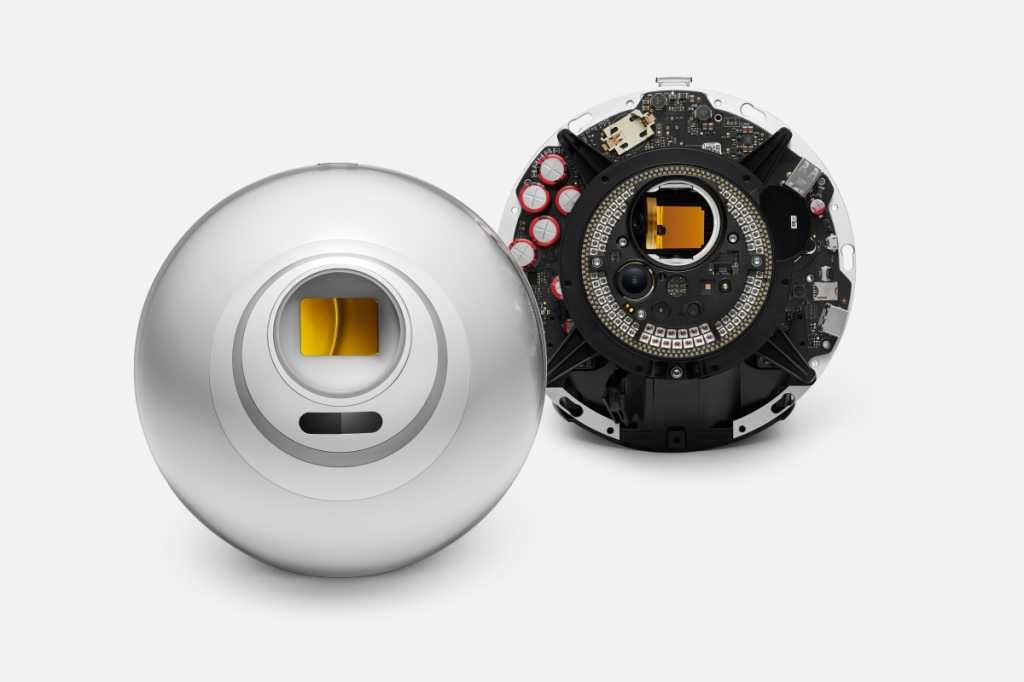
Recently, a unique and eye-catching project called World ID has emerged, aiming to create a universal proof-of-personhood system. Developed by Tools for Humanity, the project combines blockchain technology, artificial intelligence (AI), and custom hardware in the form of an orb-shaped biometric device. The goal is to exclude bots and ensure that participants are unique human beings.
Proof of personhood, or PoP, is the ultimate form of authentication, allowing for the definitive association of a single person with a single identity. World ID aims to achieve this by leveraging AI to verify that users are human and establishing their unique identity. PoP systems have been a subject of research, especially in the crypto blockchain space, as they can address shortcomings in other approaches like voting based on token holdings.
World ID, introduced by the WorldCoin project, utilizes an eye-scanning biometric orb to determine if someone is a real human. By scanning their eyes with the orb, users can subsequently use the World ID app to prove their human identity. The system incorporates various technical safeguards, including zero-knowledge proofs, to ensure privacy and prevent abuse.
While the success of World ID in achieving universal human participation remains to be seen, the project has sparked interest and innovation in the authentication space. WorldCoin itself is a cryptocurrency aimed at supporting the identity management system. The project has attracted attention due to its notable backers, including Sam Altman, CEO of OpenAI.
WorldCoin also presents an additional incentive in the form of a universal basic income (UBI) token. By scanning their eyes with the WorldCoin orb, users receive 25 WorldCoins, equivalent to approximately $60. This UBI proposition has seen significant interest and uptake, with people lining up to participate.
Beyond tokenomics, the concept of universal identity has broader applications for governments, companies, and cybersecurity. WorldCoin has announced that its system can be utilized by these entities for authentication purposes. The technology behind WorldCoin and World ID relies on the unique structure of the human eye, generating an association between the World App and the WorldCoin blockchain.
Implementing such a system faces numerous technical challenges, and WorldCoin’s whitepaper delves into the complexities of merging biometrics, AI, blockchain, and zero-knowledge proofs. Despite the ambitious goals of the project, it is likely to inspire ideas that will impact mainstream software in both Web 2.0 and Web 3.0.
The process of utilizing World ID begins with installing the World App, which acts as a crypto wallet. The user then visits the orb, where their eyes are scanned and the scan is encrypted and hashed. The orb also scans a QR code from the wallet to associate the scan with the keys. The system then checks for uniqueness through the WorldCoin blockchain, which runs on Ethereum using the Semaphore protocol.
Once the identity is established in the blockchain, the World App serves as an attestation mechanism. To ensure the same person is using the app, additional checks like face-scanning features similar to Apple’s Face ID are incorporated.
World ID can be integrated into third-party apps for both Web 2.0 and Web 3.0 applications, opening up possibilities for various industries beyond tokenomics.
In conclusion, WorldCoin’s World ID project presents a unique approach to establishing universal proof-of-personhood. While its success is uncertain, the project has already sparked innovation, raised awareness about decentralized identity, and garnered significant interest. The integration of blockchain, AI, and biometrics into a comprehensive system has broader implications for authentication and cybersecurity. Whether or not WorldCoin achieves its ambitious goals, the project is likely to leave a lasting impact on the future of identity and authorization systems.






